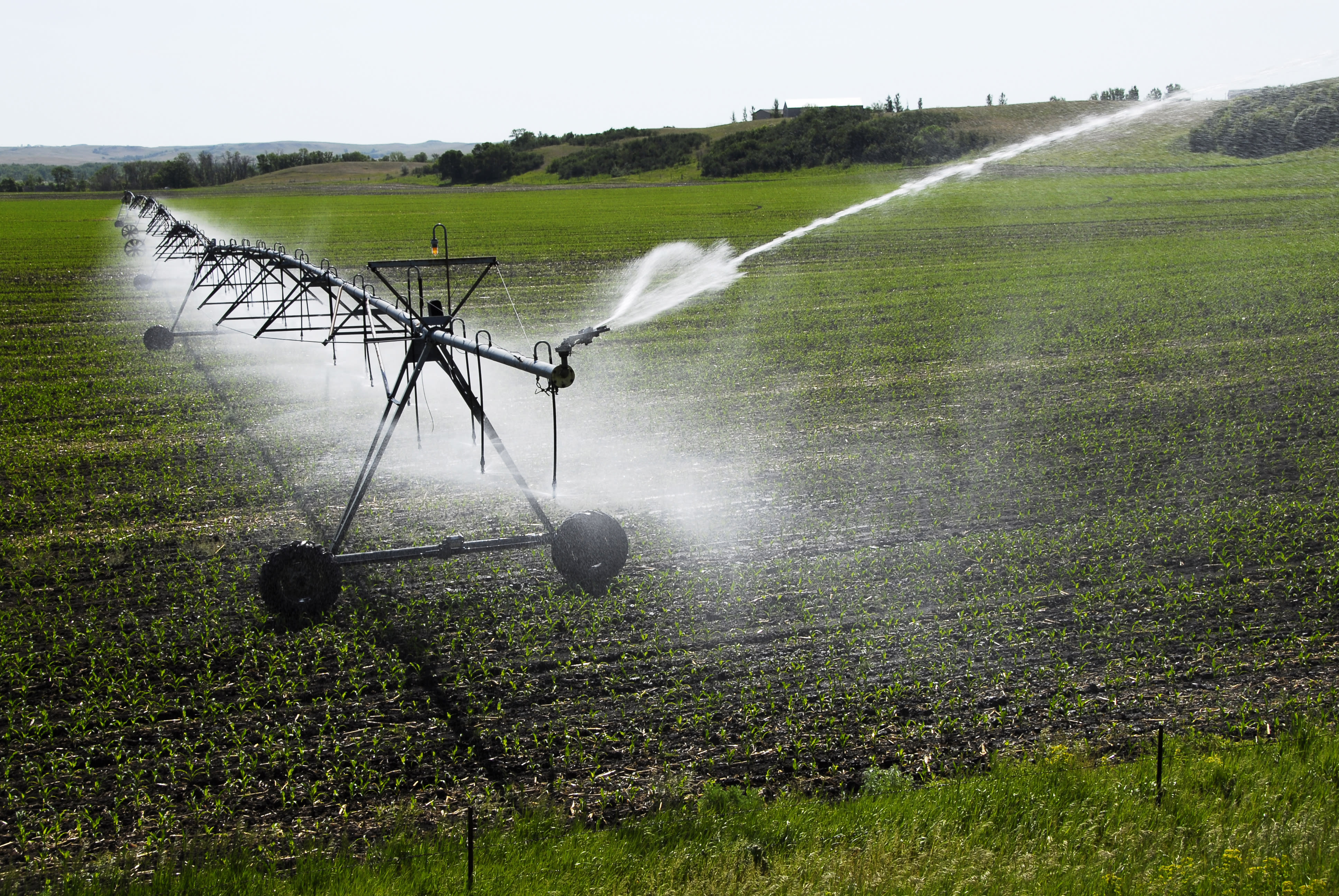




It’s time to recognize that human health is inextricably connected to the health of animals and our planet.

As the deadly avian influenza continues to ravage the globe, scientists are closely monitoring its spread—particularly now that there have been cases in humans. After all, we’ve seen this before: the 1918 influenza pandemic also originated in birds.
The threat of zoonotic disease is a major “ticking time bomb” in our food system. But it’s far from the only danger. For years, scientists have been raising the alarm about rampant overuse of antibiotics, pollution of waterways, and other irresponsible practices inside factory farms. It’s time to heed their warnings and recognize that factory farming isn’t just terrible for animals and the planet—it also presents a dire threat to public health.
Here are five of the most concerning ways that intensive animal agriculture threatens human health.
1. Zoonotic diseases
Rife with illness and waste, a typical confined animal feeding operation (CAFO) is cruelly overcrowded with thousands of animals. The crowded and stressful conditions weaken animals’ immune systems, making factory farms the perfect breeding grounds for zoonotic diseases that can jump from animals to humans.
The unprecedented avian flu outbreak, which has resulted in the horrific culling of over 100 million birds since 2022, demonstrates just how vulnerable (and unprepared) we are. Experts warn that factory farms could be the starting point for the next global health emergency. It’s a stark reminder that cramming thousands of animals into confined spaces isn’t just cruel; it’s dangerous.
2. Antibiotic resistance
This one is as terrifying as it is preventable. Factory farms routinely give antibiotics to animals to stave off disease in overcrowded, unhygienic conditions. Over time, this reckless use of antibiotics contributes to antimicrobial resistance (AMR), a phenomenon where bacteria evolve to resist the drugs designed to kill them.
Bacterial AMR was associated with an estimated 4.95 million deaths in 2019, killing more people than HIV/AIDS or malaria. Without effective antibiotics, treatable infections—like pneumonia or urinary tract infections—could once again become death sentences.
Antimicrobial-resistant “superbugs” might seem like the stuff of dystopian fiction. But, then, so do modern-day factory farms. The connection is clear: factory farms are breeding antibiotic-resistant bacteria that threatens to take us back to a pre-antibiotic era, when minor infections and injuries could kill.
3. Foodborne illnesses
Earlier this year, deli meat and cheese supplier Boar’s Head made headlines with a deadly outbreak of listeria. But it’s not just animal products that are at risk of contamination. McDonald’s was left scrambling after an outbreak of E. coli in hamburgers—not in the meat, but in the onions.
Factory farms deal with massive amounts of manure by collecting it in “manure lagoons” (which are just as gross as they sound) and then spraying it on crops as fertilizer. This means that even fresh veggies, like lettuce, are at risk of being contaminated with Salmonella, E. coli, and Campylobacter.
4. Air pollution
When a new CAFO was proposed in Polk County, Wisconsin, residents looked into the possible health impacts. Among them were “chemical burns to the respiratory tract, skin and eyes; chronic lung disease; and chronic bronchitis.”
Factory farms emit ammonia and other pollutants into the air, endangering the respiratory health of nearby communities. Studies link these emissions to asthma, bronchitis, and other chronic respiratory conditions—all of which disproportionately affect low-income and marginalized groups living near industrial farms.
5. Water pollution
Manure lagoons don’t just pollute the air—they also leak into our waterways. Residents of Oklahoma, a state with a high concentration of factory farms, have described watching the Illinois River turn from sparkling blue to a murky shade of green due to intensive animal agriculture in the state.
The Environmental Protection Agency notes that agricultural pollutants—pesticides, fertilizers, pharmaceuticals, and manure—can enter groundwater and contaminate sources of drinking water. Studies have found that high levels of nitrates, found in animal waste, are linked to an increased risk of cancer, reproductive harm, and other health impacts.
It’s time to recognize that human health is inextricably connected to the health of animals and our planet. This is an idea reflected in the World Health Organization’s OneHealth initiative:
“One Health is an integrated, unifying approach that aims to sustainably balance and optimize the health of people, animals and ecosystems. It recognizes that the health of humans, domestic and wild animals, plants, and the wider environment (including ecosystems) are closely linked and interdependent.” –World Health Organization
By moving away from factory farming and supporting sustainable food systems, we can safeguard public health, protect the planet, and create a brighter future for everyone.




